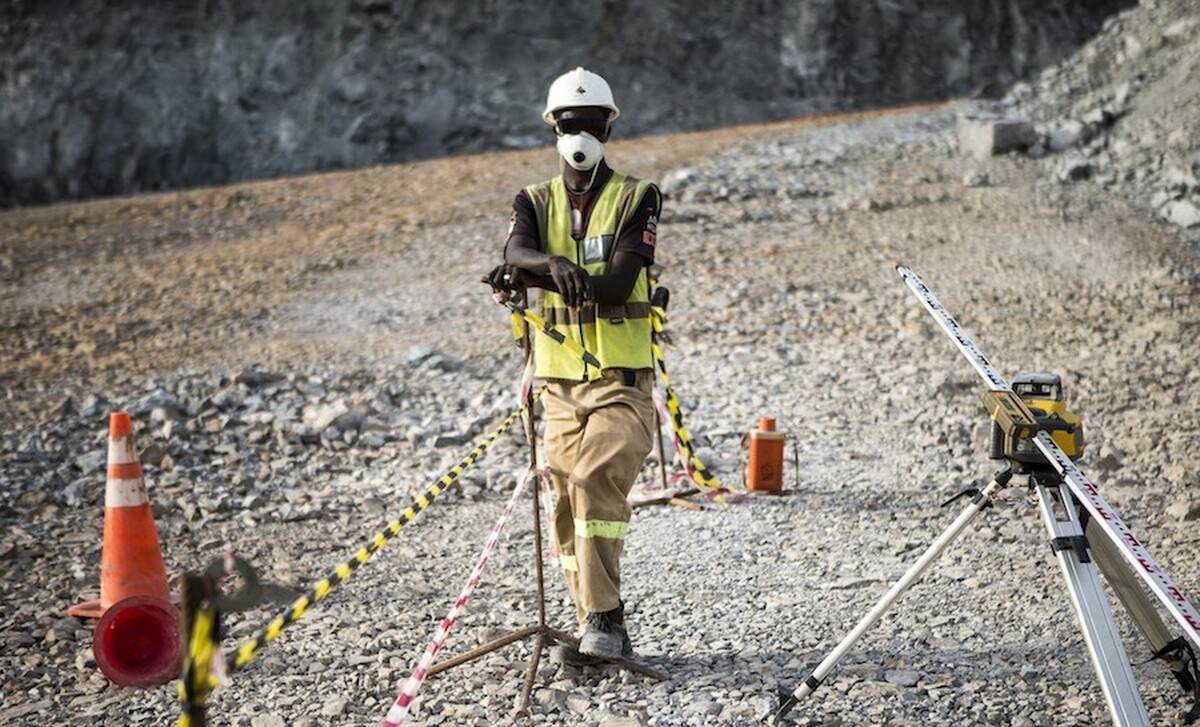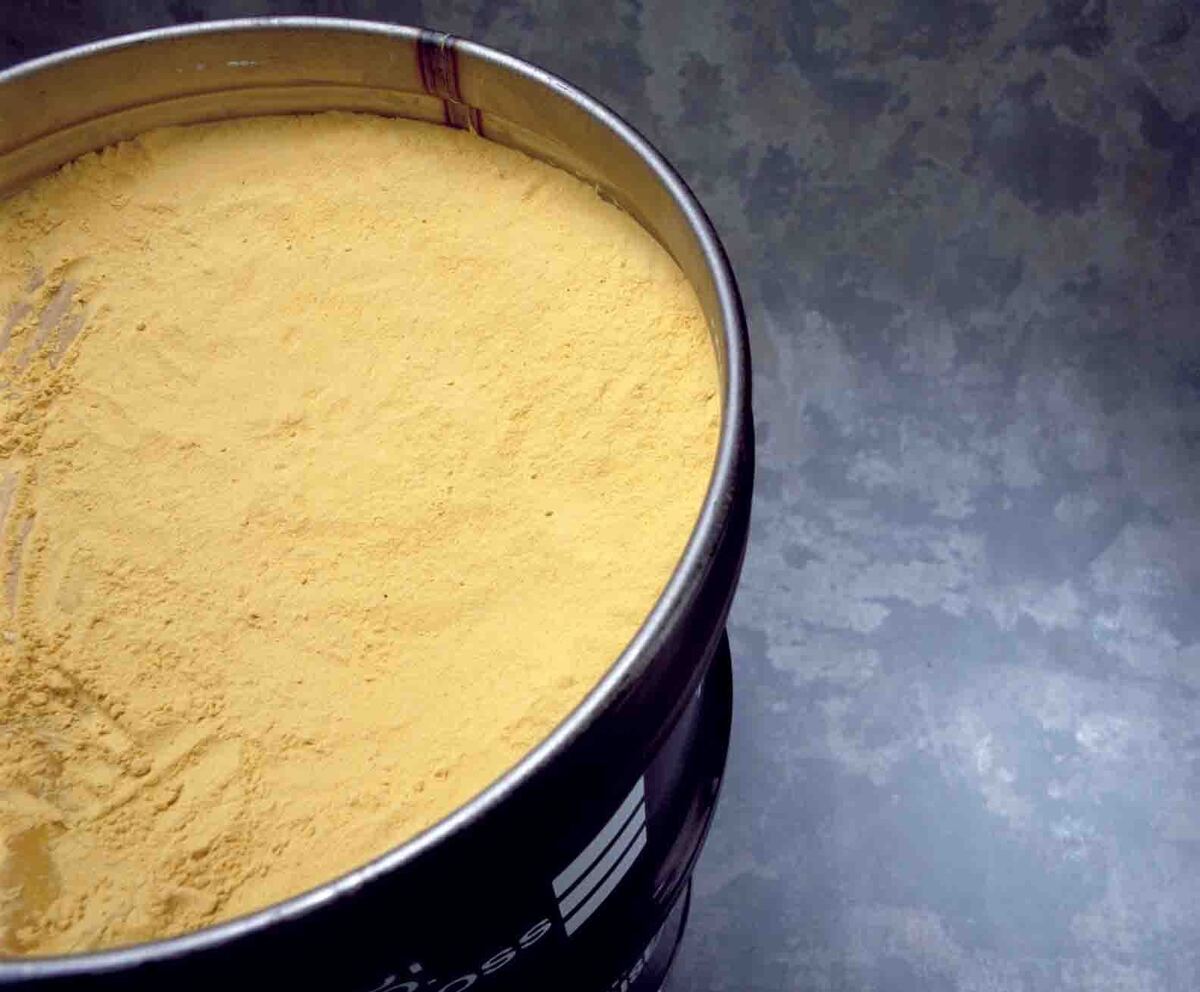
ALX Uranium wants a piece of the Close Lake project in Saskatchewan

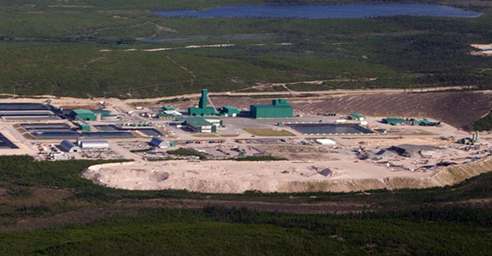
The letter refers to the possible acquisition by ALX of a 51% participating interest in the Close Lake uranium project located in the eastern Athabasca Basin area of northern Saskatchewan. This is the same province that hosts the Hook-Carter project, where the Vancouver-based miner is carrying out a winter drilling campaign.
Close Lake consists of 21 mineral claims totaling 38,679 hectares. The eastern boundary of the project adjoins the Cigar Lake uranium mine and its southern boundary adjoins the McArthur River uranium mine.
"Numerous uranium and base metals showings have been discovered from drilling at Close Lake by a joint venture first established in 1978," ALX said in a media statement. "Historical drilling at the project totals approximately 110,049 metres in 170 drill holes. Uranium mineralization has been intersected at or near the unconformity between the Athabasca sandstone and basement rock units, often graphitic, with associated base metals values and rare gold occurrences at downhole depths ranging between 463 metres and 682 metres."
Close Lake is currently the subject of a joint venture in which Orano, as operator, holds a 74.4% interest, with Cameco Corporation (TSX: CCO) holding a 14.99% interest, and JCU Company holding the remaining 10.61% interest. ALX can earn up to a 51% interest from Orano, subject to a back-in right to be retained by Orano.
In order to earn its pre-set interest, ALX has to incur in exploration expenditures for $12 million over a five-year period and issue 10 million common shares of ALX to Orano.
"We are very fortunate to have this opportunity to work with Orano at Close Lake, which is a hidden gem strategically located between the Cigar Lake and McArthur River uranium mines, the two richest of their kind in the world," said Warren Stanyer, CEO and Chairman of ALX, in the press brief. "The addition of Close Lake to its portfolio gives ALX a stellar chance to be involved in a new uranium discovery in the eastern Athabasca Basin."

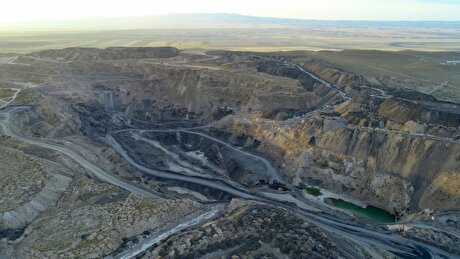
Uzbek gold miner said to eye $20 billion value in dual listing

Peabody–Anglo $3.8B coal deal on the brink after mine fire

A global market based on gold bars shudders on tariff threat

Minera Alamos buys Equinox’s Nevada assets for $115M

Adani’s new copper smelter in India applies to become LME-listed brand
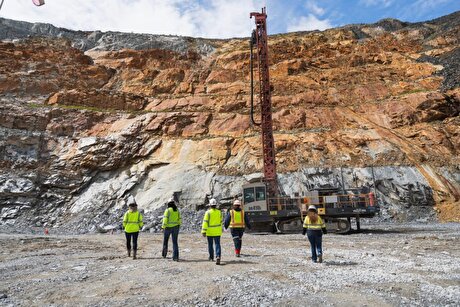
OceanaGold hits new high on strong Q2 results

Trump says gold imports won’t be tariffed in reprieve for market

De Beers strikes first kimberlite field in 30 years

Cochilco maintains copper price forecast for 2025 and 2026

BHP shares near priciest valuation since 2021 on shift to miners

African Rainbow boosts Surge Copper stake to 19.9%
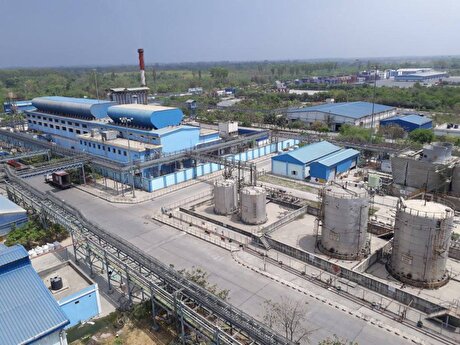
Hindustan Zinc to invest $438 million to build reprocessing plant
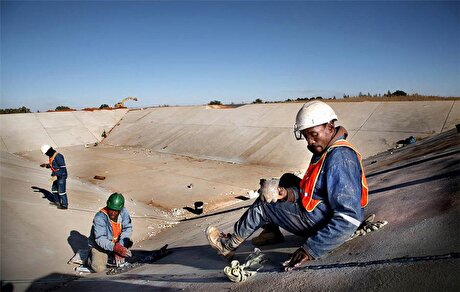
South Africa mining lobby gives draft law feedback with concerns

Wooden church sets off on slow Swedish road trip to escape mining subsidence
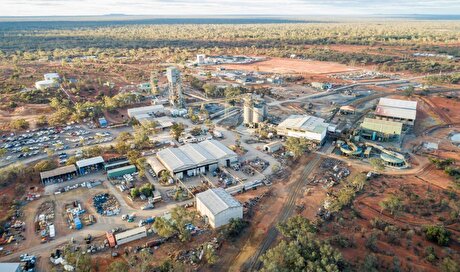
Harmony Gold’s MAC Copper takeover gets regulatory nod

Povrly Copper Industries orders a breakdown rolling mill for high-quality copper, brass, and bronze strip production

Advanced cold-rolled strip for China’s New Energy Vehicle market

A Danieli greenfield project for competitive, quality rebar production

Antofagasta posts biggest profit margins since 2021

BHP shares near priciest valuation since 2021 on shift to miners

African Rainbow boosts Surge Copper stake to 19.9%

Hindustan Zinc to invest $438 million to build reprocessing plant

South Africa mining lobby gives draft law feedback with concerns

Wooden church sets off on slow Swedish road trip to escape mining subsidence

Harmony Gold’s MAC Copper takeover gets regulatory nod

Povrly Copper Industries orders a breakdown rolling mill for high-quality copper, brass, and bronze strip production

Advanced cold-rolled strip for China’s New Energy Vehicle market

A Danieli greenfield project for competitive, quality rebar production


